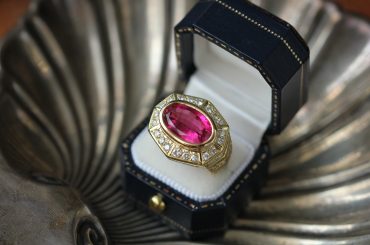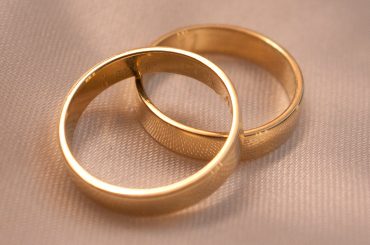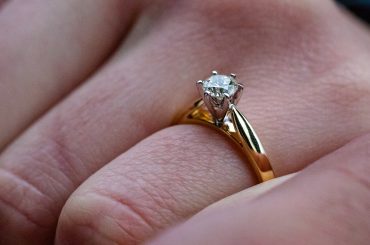The majority of people love diamond rings with pave settings but before they choose a ring with pave settings, there are additional considerations to consider.
A pave diamond ring is often composed of numerous tiny stones set in close proximity to one another. The arrangement and number of stones can vary, but the risk is inevitably greater.
The more stones there are in a ring, the more likely it is that one will fall out and go unnoticed.
A further disadvantage is that you may not recognize when this occurs, therefore you will be unable to retrieve the stone.
Table Of Contents
How Do You Keep Pave Diamonds From Falling Out?
The majority of people who own these pieces of jewelry are unaware that there are steps they can take to keep their pave diamonds from falling out.
Here are the steps to keep pave diamonds from falling out:
- Self-Check
The easiest step you can do is to bring the diamond up to your ear and tap the band while listening for any rattling.
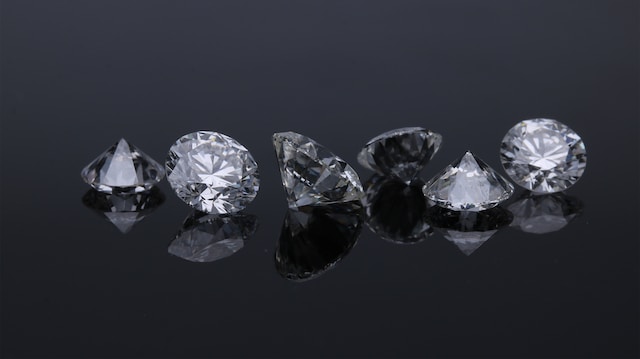
If you can hear something, this is an additional sign that the stone is loose or is likely to become loose.
You can do this occasionally to ensure that your ring is still in good shape if you so want.
- Regular Checkups In A Jeweler’s Shop
Regularly bringing your jewelry to a reputable jewelry store, or the place where you purchased it, is always a smart idea.
Your jeweler will examine all of your diamonds, including pave diamonds, to determine if they are loose, if the glue has dried out, or if they are at risk of falling out.
If they notice a loose diamond or two, they may inform you that it’s time to apply fresh glue below the ring.
- Do not wear them frequently
This may not be what the owner of a piece of jewelry with pave diamonds desires to hear, but it is the truth.
We understand that wearing beautiful pieces of jewelry is why you purchased them. However, wearing them frequently – on a daily basis – will not help you keep your pave diamonds in place.
When a ring, for instance, is worn every day on the dominant hand, it will inevitably be struck, pushed against, or suffer other forms of damage.
All of this could loosen the diamonds and make it easier for them to fall out.
- Maintain Their Stability When Unworn
This may sound apparent, but wearing pave diamond jewelry can increase the likelihood that the stones will fall out, so keeping them safe may help you delay or even prevent this from happening.
Keeping your jewelry in its original packaging or a display box can be advantageous for multiple reasons.
For instance, if one of your pave diamonds falls out while you’re not wearing your jewelry, you may quickly notice this and search the area where it occurred.
There is a possibility that you will discover the lost diamond there, which is wonderful news!
- Prevent Full-Force Blows To Your Jewelry
By keeping jewelry containing pave diamonds away from direct impacts or falls from a height, you may avoid pave diamonds from falling out or being damaged.
The force with which a piece of jewelry strikes another surface, such as the floor or a countertop, could be sufficient to cause a little pave diamond to become loose and fall out.
Is It Normal For Diamonds To Fall Out?
Diamonds frequently fall out of rings. If the ring was properly constructed to secure them, they should not be able to fall out.
Don’t be alarmed if the diamond falls out; it happens more frequently than you’d imagine!
However, this is not necessarily a sign of bad craftsmanship; frequently worn rings are more likely to sustain damage.
Due to their diminutive size and susceptibility to impact, side stones are more susceptible to loss than center stones.
The good news is that this is typically a solvable issue, especially if the diamond is located.
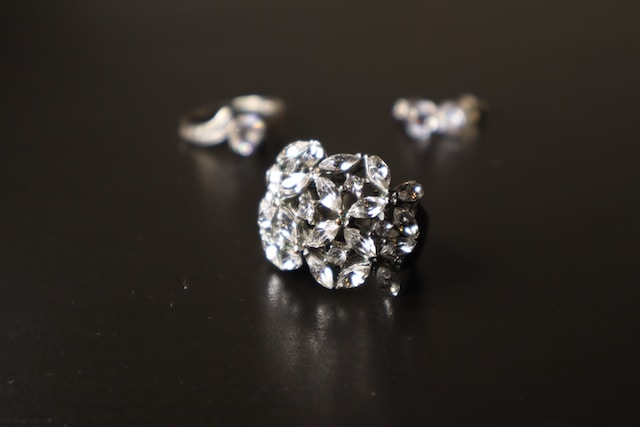
The vast majority of jewelers are able to remedy this type of issue, or at the least, replace your diamond.
You can examine your possibilities if this occurs to your beloved ring by delving further into the subject.
If you are still unsuccessful in locating your side stone, you may need to replace it.
How Do Pave Diamonds Stay In Place?
The majority of pave settings include drilling a very small hole in the metal for the stone to sit in.
Then placing little beads of metal around each stone one at a time to act as prongs and hold each stone firmly in place.
What Is The Most Secure Setting For A Diamond?
Having a secure diamond setting enables you to wear your band with confidence and without the continual risk of it slipping off.
Some shapes perform better than others in settings, and particular diamond settings are more secure.
Here are a few of the most secure diamond settings for securing your precious stone:
- Bezel Settings
Bezel settings, which are diamond settings that partially encircle the diamond, may not be the most common style of diamond setting, but they are among the most secure.
The diamond is completely encased in metal, making it nearly impossible for it to fall out. This setting will help prevent garments from being entangled, unlike prong settings.
- Extra Prongs
Regarding prong settings, each diamond shape has a prescribed number of prongs. However, recommendations may differ.
Therefore, if you want to err on the side of caution and keep your diamond extremely secure, choose a setting with more prongs.
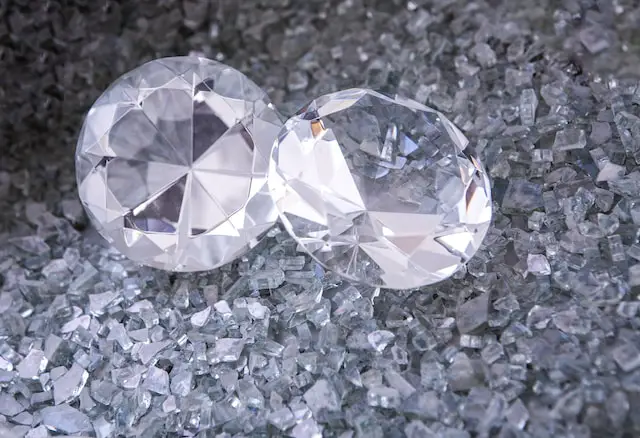
A round diamond, for instance, can have between four and six prongs. Although four prongs might enhance the beauty of a round diamond, six will provide greater protection.
- Safer Shapes
Diamonds with rounded edges are more resilient to being jostled. If the diamond has sharp edges, there is still a danger that it could be chipped even if it is surrounded by protection.
This is true for emeralds, marquise, pear, and heart-shaped diamonds.
- Flush Settings
When diamonds are flush with the surface of the ring’s metal, the setting is referred to as a flush setting.
This is the most secure setting for a person with an active lifestyle. It is also less expensive than the majority of other diamond settings.

